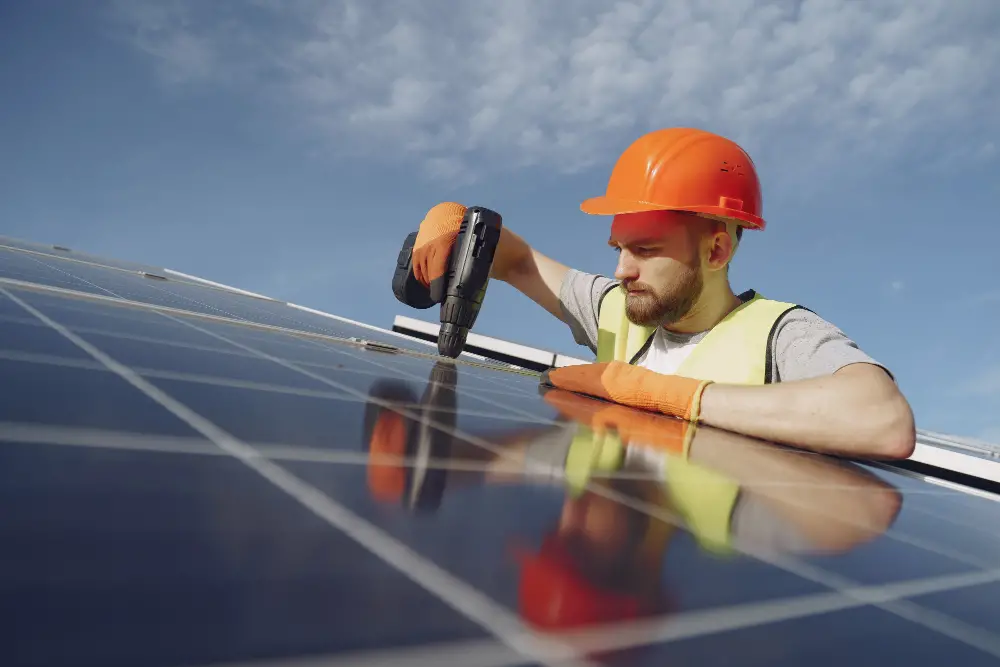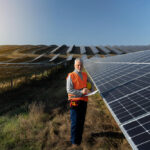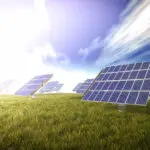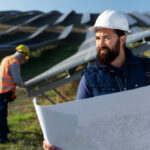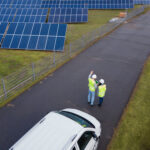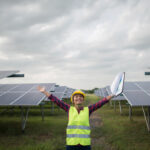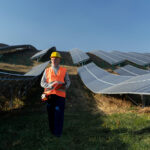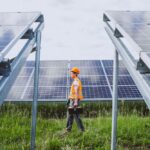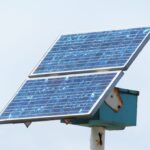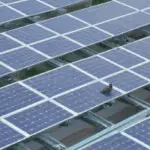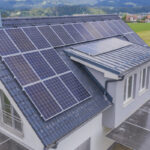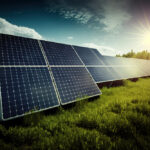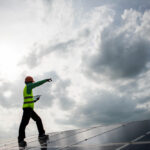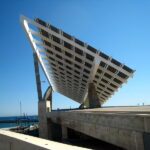As the world continues to shift towards renewable energy sources, solar panels have become an increasingly popular option for homes and businesses alike. However, these clean energy systems come with their own set of challenges, particularly when it comes to bird activity. Birds tend to perceive solar panels as a convenient place to roost or nest, which can lead to various issues, such as reduced efficiency, damage to equipment, and even safety hazards. This is where solar panel bird proofing comes into play.
Bird proofing your solar panels is essential to ensure optimal performance, prolong their lifespan, and maintain a safe environment for both humans and wildlife. By taking preventative measures, you can minimize the risks associated with bird activity and enjoy the numerous benefits of solar energy without any interruptions. In this article, we will explore the significance of solar panel bird proofing, its advantages, and the most effective ways to implement it.
The Importance of Solar Panel Bird Proofing
Solar panels are designed to convert sunlight into electrical energy, but when birds nest or roost on them, they can significantly reduce their efficiency. According to a study by the National Renewable Energy Laboratory (NREL), bird droppings alone can decrease solar panel efficiency by up to 25%. Additionally, bird nests and debris can cast shadows on the panels, further reducing their ability to generate electricity.
Moreover, bird activity can cause physical damage to the solar panels and their components. For instance, bird droppings can corrode the panels’ frames, while nesting materials can clog inverters and other equipment. Such damage can result in costly repairs and replacement parts, not to mention the potential risk of electrical shock or fire hazards.
Apart from the financial aspects, unchecked bird activity can also pose environmental concerns. For example, some bird species may bring invasive plant seeds or insects to the area, potentially harming local ecosystems. Furthermore, improperly installed bird deterrents can harm or kill birds, contravening animal welfare laws and ethical standards.
Benefits of Solar Panel Bird Proofing
Effectively bird proofing your solar panels offers several advantages, including:
Optimal Performance
By keeping birds away from your solar panels, you can ensure maximum energy production and optimize their performance. Clean, bird-free panels absorb more sunlight, resulting in higher electricity output and lower energy bills.
Prolonged Lifespan
Preventing bird activity helps protect your solar panels from damage, extending their lifespan and reducing maintenance costs. Well-maintained solar panels can last for decades, providing consistent returns on your investment.
Overall Safety
Bird proofing your solar panels ensures a safer environment for both people and wildlife. It reduces the risk of electrical shock, fire hazards, and prevents birds from getting injured or killed by entanglement or electrocution.
Compliance with Regulations
In many jurisdictions, bird protection is mandated by law. By bird proofing your solar panels, you demonstrate compliance with local regulations and avoid potential legal repercussions.
How Much It Cost to Birdproof Solar Panels
The cost of bird proofing your solar panels will depend on the type of solution you choose and the size of your solar panel array. There are various options available, ranging from DIY solutions like bird spikes to professionally installed systems like bird screens or meshing. The cost can also vary depending on the complexity of the installation and the location of your solar panels. While bird proofing may require an upfront investment, it’s important to consider the long-term savings in terms of reduced maintenance costs and increased energy production. Many manufacturers also offer warranties and guarantees on their products, providing peace of mind and protecting your investment.
Effective Solutions for Solar Panel Bird Proofing
Now that we understand the importance of bird proofing, let’s discuss the most effective methods to keep birds away from your solar panels. While there are various DIY techniques, it’s recommended to consult professional installers for a customized solution tailored to your specific needs. Some successful bird proofing strategies include:
1. Physical Barriers
Physical barriers are a straightforward way to block birds from accessing your solar panels. These barriers can take the form of mesh screens, netting, or bird spikes. The mesh screen or netting should be made of durable materials, such as stainless steel or polypropylene, and feature openings small enough to prevent bird entry. Bird spikes, on the other hand, are long, thin strips that create a slippery surface, making it difficult for birds to perch.
2. Deterrent Coatings
Deterrent coatings are another effective method for bird proofing solar panels. These coatings are applied directly to the panels and contain substances that are unpleasant for birds to walk on or perch upon. There are different types of deterrent coatings available, including:
a. Sticky Tapes
Sticky tapes are coated with a sticky substance that makes it difficult for birds to land on the panels without getting stuck. These tapes are usually transparent and won’t affect the panel’s performance.
b. Spiky Coatings
Spiky coatings are textured surfaces that feature small spikes or protrusions. These spikes make it uncomfortable for birds to perch or walk on the panels, discouraging them from landing.
c. Slippery Coatings
Slippery coatings are made of materials that are smooth and slick, making it difficult for birds to gain traction. These coatings are often used in conjunction with other deterrent methods, such as bird spikes or mesh screens.
3. Repellent Devices
Repellent devices use sound, light, or vibration to scare birds away from the solar panels. These devices can be placed near the panels or integrated into the panel frame itself. Some common examples of repellent devices include:
a. Ultrasonic Bird Repellers
Ultrasonic bird repellers emit high-frequency sounds that are undetectable to humans but unpleasant for birds. These devices can be placed around the solar panels and activated during periods when bird activity is highest.
b. LED Bird Repellers
LED bird repellers use flashing lights to scare birds away. These devices can be programmed to turn on and off at specific times, and some models offer adjustable settings to accommodate different bird species and behavior patterns.
c. Vibrating Devices
Vibrating devices attach to the solar panel frame and produce low-frequency vibrations that disrupt bird landing patterns. These devices can be powered by batteries or connected to the panel’s electrical system.
4. Maintenance and Monitoring
Regular maintenance and monitoring are crucial to ensure the effectiveness of bird proofing solutions. Homeowners and businesses should inspect their solar panels regularly for signs of bird activity, such as droppings, feathers, or nesting material. Any debris or obstructions should be removed promptly to maintain peak panel performance.
Additionally, it’s important to monitor the performance of bird proofing devices and replace them as needed. Batteries in ultrasonic repellers, for instance, need to be replaced periodically, while sticky tapes may lose their adhesion over time.
Conclusion
Bird proofing solar panels is a vital aspect of maintaining a clean, efficient, and safe renewable energy system. By understanding the reasons behind bird activity and using a combination of preventative measures, homeowners and businesses can minimize the impact of birds on their solar panels. From physical barriers and deterrent coatings to repellent devices and regular maintenance, there are various effective methods for bird proofing solar panels. Consult with a professional installer to determine the best solution for your specific situation and start enjoying the benefits of optimized solar energy production.

